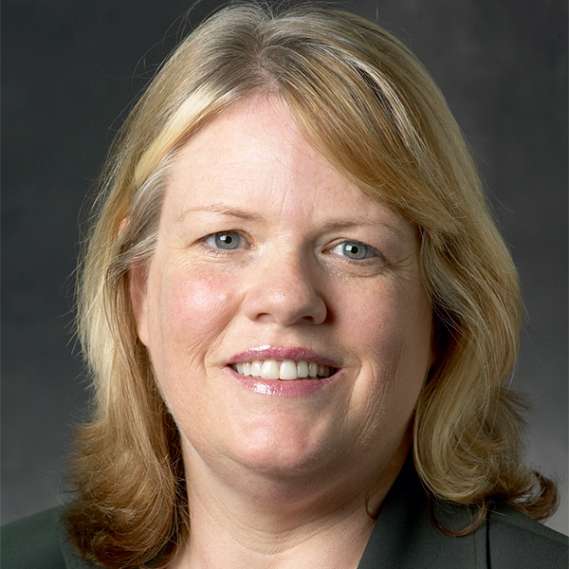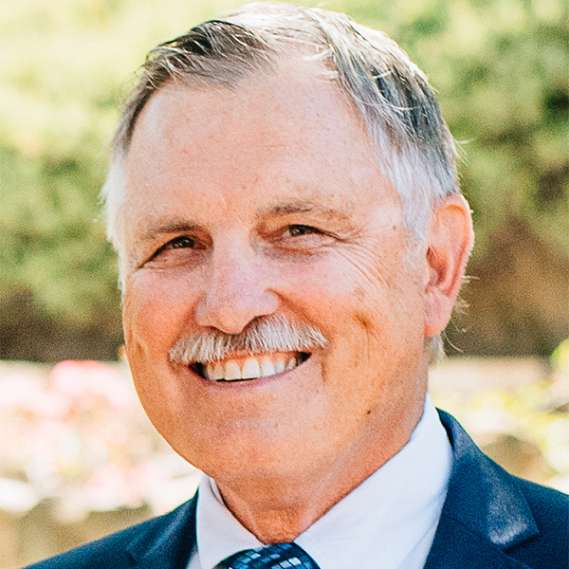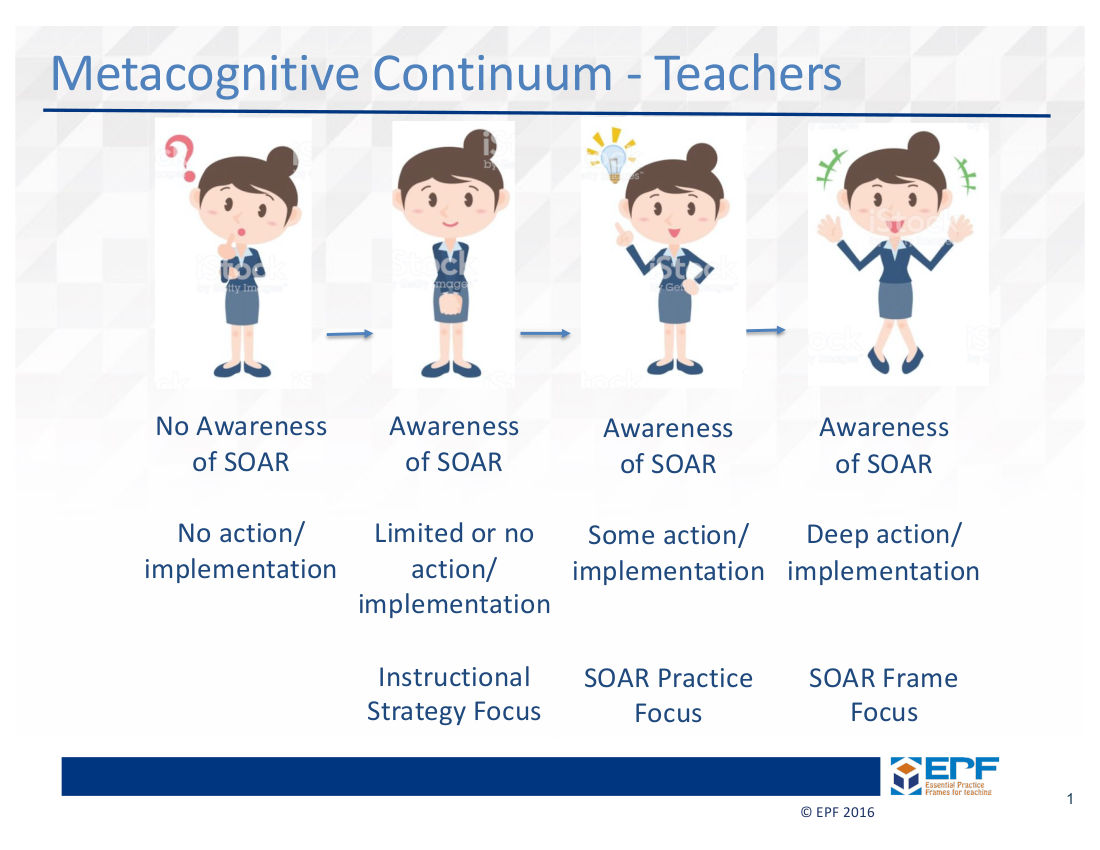By Susan O’Hara, Robert Pritchard, and Debi Pitta, authors, Literacy Classrooms that S.O.A.R.



Susan O’Hara is former director of the Center to Support Excellence in Teaching at Stanford University. Robert Pritchard is a professor emeritus of education at Sacramento State University. Debi Pitta is vice president of professional learning for EPF for Teaching. All three are former K–12 teachers with more than 40 years of classroom experience and extensive experience supporting districts to build instructional capacity.
Learning to teach metacognitively plays an essential role in the development and professional growth of teachers across their careers. Helping beginning teachers adopt a metacognitive approach allows them to gain awareness about and control over how they think and teach by planning, monitoring, evaluating, and adjusting their instructional goals and teaching strategies in accordance with their students’ needs and the sociocultural context. A need exists in the field for tools that can be used with beginning teachers to help them to teach metacognitively. Our professional learning work with teacher preparation and induction programs, as well as our research for Literacy Classrooms that S.O.A.R.: Strategic Observation and Reflection in the Elementary Grades, have taught us that using a tool that articulates research-based instructional practices during cycles of strategic observation and reflection helps foster a metacogntive approach to teaching. In fact, this use of a structured protocol facilitates deeper, more collaborative conversations with and among new teachers, interns, and supervisors. Additional steps preparation and induction programs should consider to foster metacognitive teaching include 1) adopting tools for teachers to use as a lens to elevate practice, 2) engage new teachers in reflective practice with peers to promote dialogue about teaching and learning, and 3) using a structured protocol to provide actionable feedback and foster growth.
The first step toward fostering metacognition in new teachers is providing them with tools that articulate a common language for teaching and learning. Such tools can then be used as a lens through which novice teachers observe, reflect on, and elevate their practice. These tools should be based on those instructional practices that research shows drives learning for all students. In addition, novice teachers need opportunities to implement these practices as well as a language that describes the practices at different levels of enactment. Well-designed implementation rubrics that have been developed and validated around research-based instruction are key to helping novice teachers develop their skills. The SOAR Teaching Frames, which provide examples of these tools and rubrics, help new and experienced teachers support all students as they engage with complex informational texts, use evidence in research and writing, discuss sophisticated disciplinary content, and work collaboratively to present ideas and communicate multiple perspectives.
A second step in supporting individuals to teach metacognitively is to engage them in reflective practice by establishing a collaborative culture to promote dialogue with peers about teaching and learning. This is achieved when new teachers are guided by faculty, coaches, and supervisors to engage in cycles of strategic observation and reflection. Developing inquiry questions, together with looking at teaching through the lens of a structured protocol and corresponding rubrics, keeps new teachers focused on elevating research-based instructional practices. Through these cycles teachers will continually address inquiry questions, tweak them as necessary, and, once mastery is achieved, develop new inquiry questions. Furthermore, new teachers can collaborate with peers and use the implementation rubrics to develop lesson plans and, when necessary, revise and refine them in order to move from one level of the rubric to the next.
The third step that fosters metacognitive teaching is using a structured protocol to provide new teachers with actionable feedback on their teaching. For example, prior to teaching a lesson, a teacher and a grade level colleague or supervisor could develop a lesson plan for the teacher to implement. While teaching the lesson, the colleague or supervisor would script the lesson to use as the basis for a reflective conversation. After teaching, the teacher and colleague or supervisor would use the structured protocol or teaching rubrics to identify what went well and what areas need to be improved upon for the next lesson. This process is an excellent way to elevate instruction. In order to maximize the impact of this approach supervisors should have an understanding of how teaching practice develops and language to articulate the stages of development. For example, we have used a metacognitive continuum to help those supporting novice teachers to think about the stages of awareness and action that teachers typically go through when using SOAR to teach with metacognition. 
Our work with teacher preparation and induction programs across California and the United States has demonstrated that helping new teachers to teach metacognitively elevates their practice and facilitates their ongoing professional growth. Our partners have reported that embedding tools like the SOAR Teaching Frames into their mentoring cycles of inquiry goes far beyond “setting a great foundation” for new teachers, and helps them become reflective practitioners who adopt a metacognitive approach to teaching. One of our partners reported, “my student teachers reflect more deeply about their teaching and engage in very productive discussions with their peers about teaching and learning. Using a common language to provide peer-to-peer feedback, or for me to provide feedback on observations of teaching, has helped my student teachers focus on what is most important and has helped me to provide actionable suggestions for change. I have also observed a shift in how my candidates’ lesson plans are developing and strengthening over time. Their reflective skills are improving, and these are skills that I can see they will carry into their careers in turn leads to better outcomes for all students.”
Photo courtesy the authors
